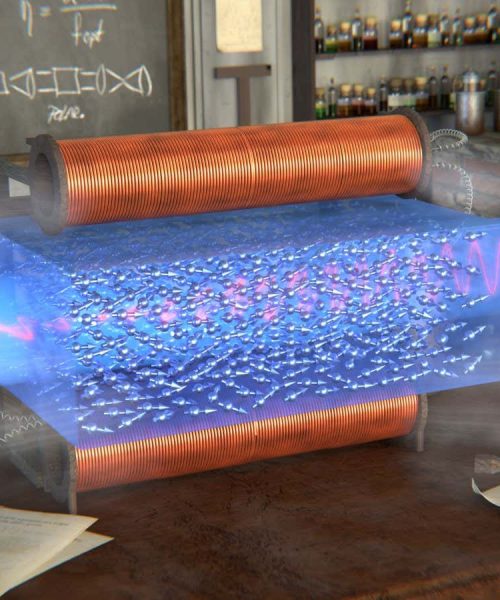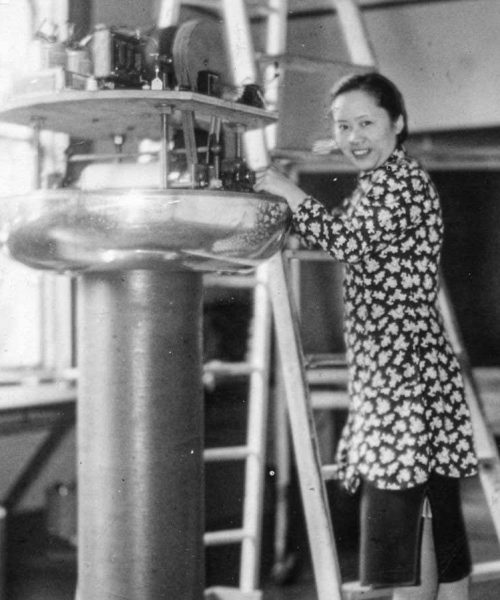
It can be hard to wrap our minds round the very large and the very small. Ron Koeberer/Millennium Images, UK
Imagine setting off on a spacecraft that can travel at the speed of light. You won’t get far. Even making it to the other side of the Milky Way would take 100,000 years. It is another 2.5 million years to Andromeda, our nearest galactic neighbour. And there are some 2 trillion galaxies beyond that.
The vastness of the cosmos defies comprehension. And yet, at the fundamental level, it is made of tiny particles.”It is a bit of a foreign country – both the small and the very big,” says particle physicist Alan Barr at the University of Oxford. “I don’t think you ever really understand it, you just get used to it.”
Still, you need to have some grasp of scale to have any chance of appreciating how reality works.
Let’s start big, with the cosmic microwave background (CMB), the radiation released 380,000 years after the big bang. “The biggest scales we’ve measured are features in the CMB,” says astrophysicist Pedro Ferreira, also at the University of Oxford. These helped us put the diameter of the observable universe at 93 billion light years.
At the other end of the scale, the smallest entities are fundamental particles like quarks. Yet quantum physics paints these as dimensionless blips in a quantum field, with no size at all. So what is the shortest possible distance? The best we can do is the…





